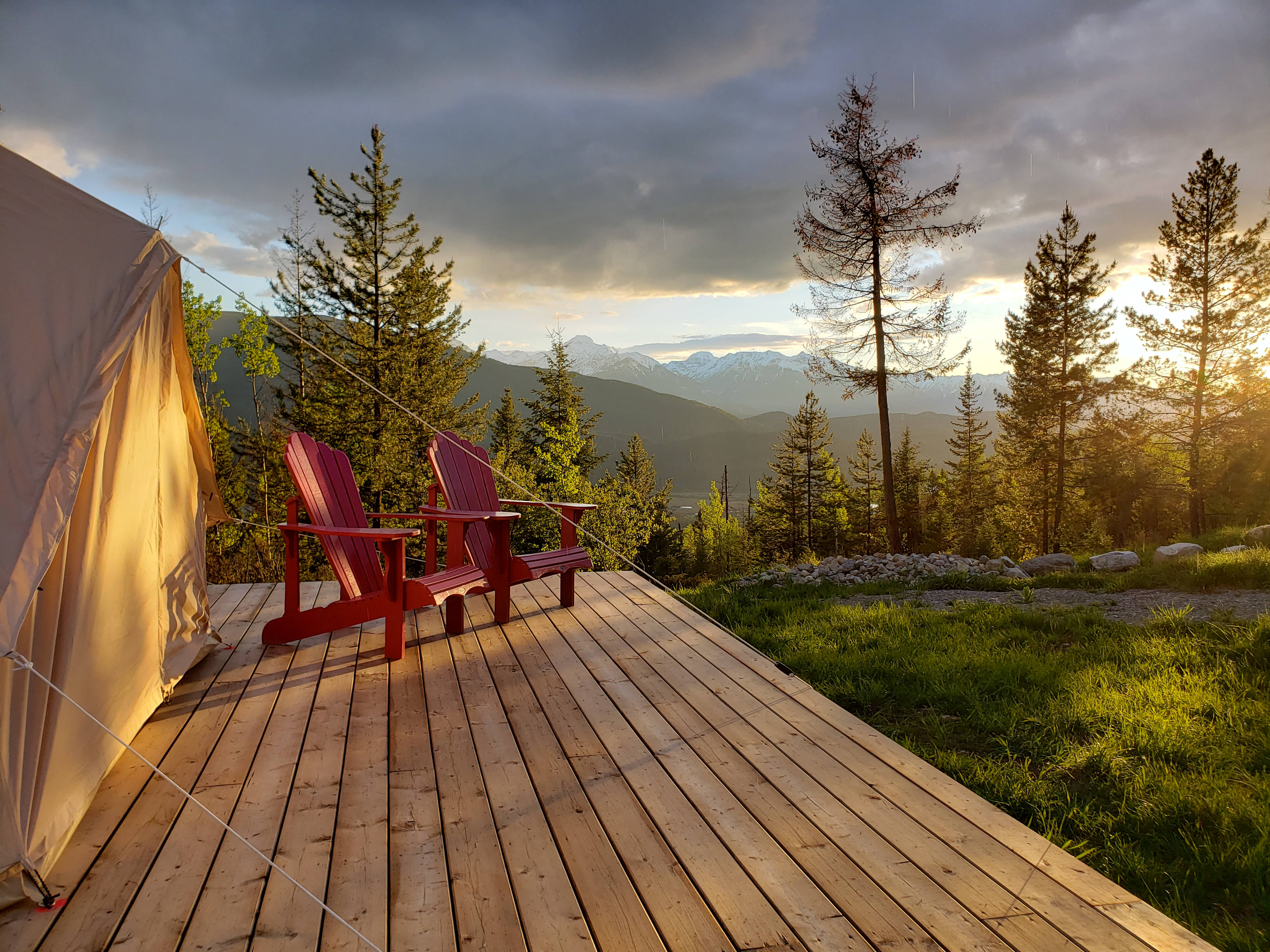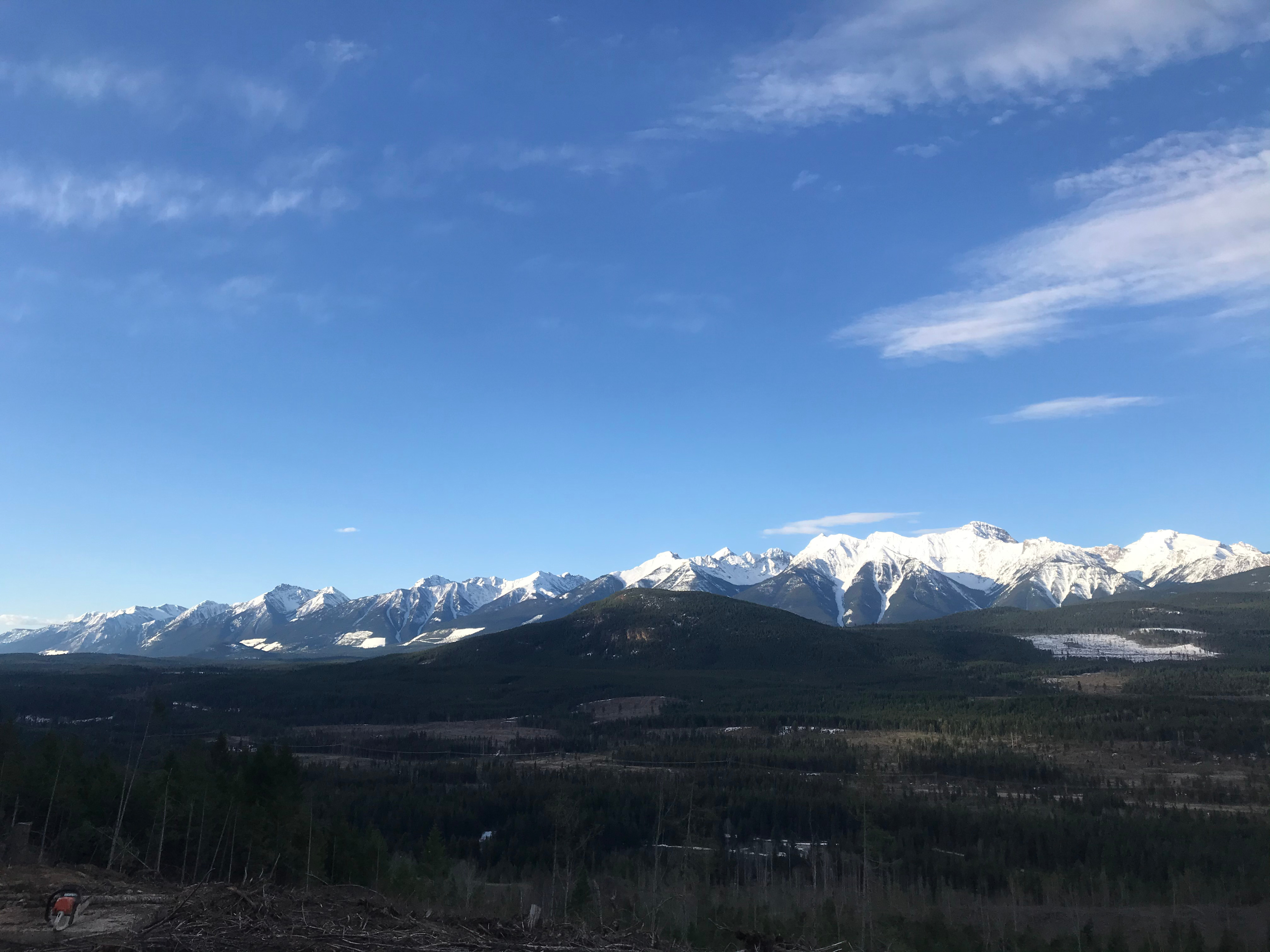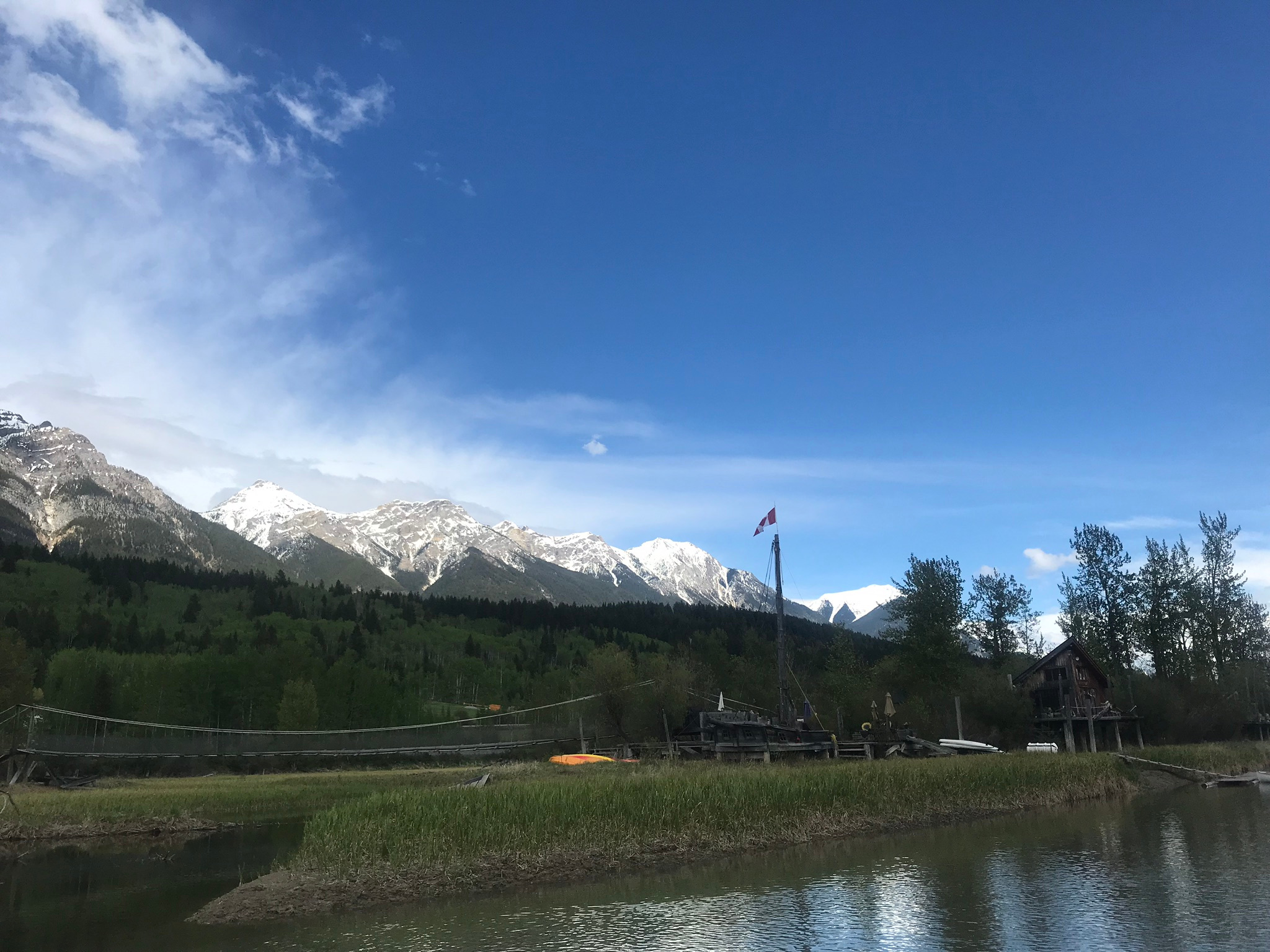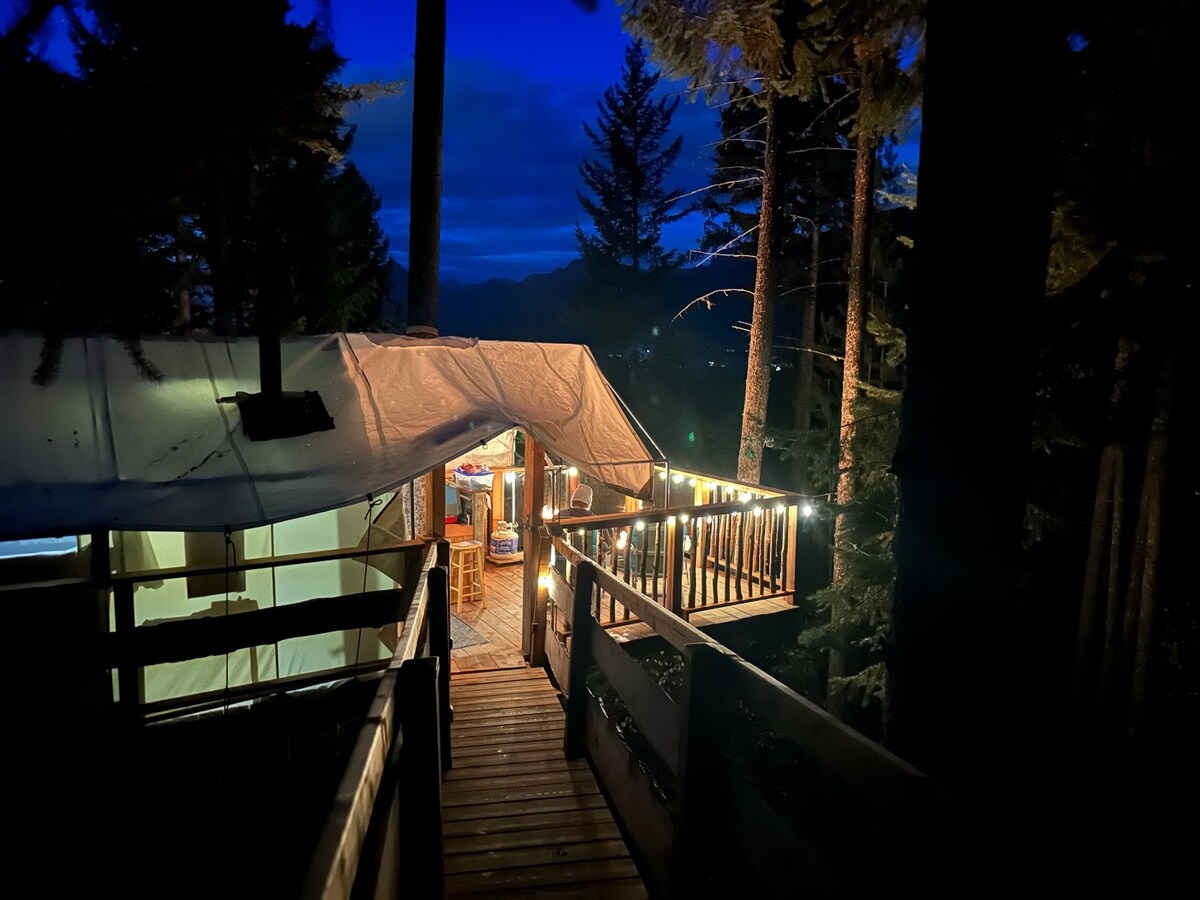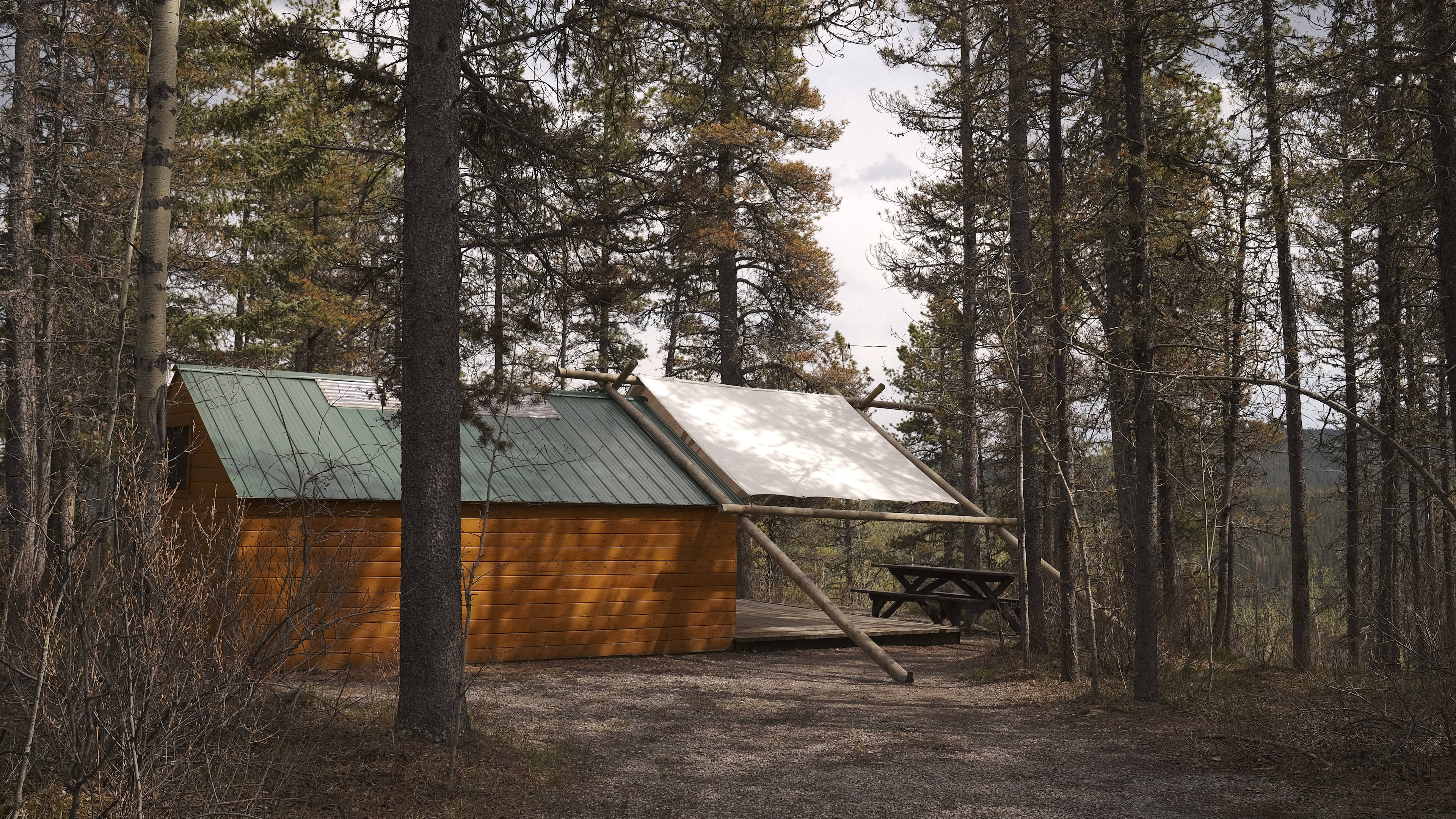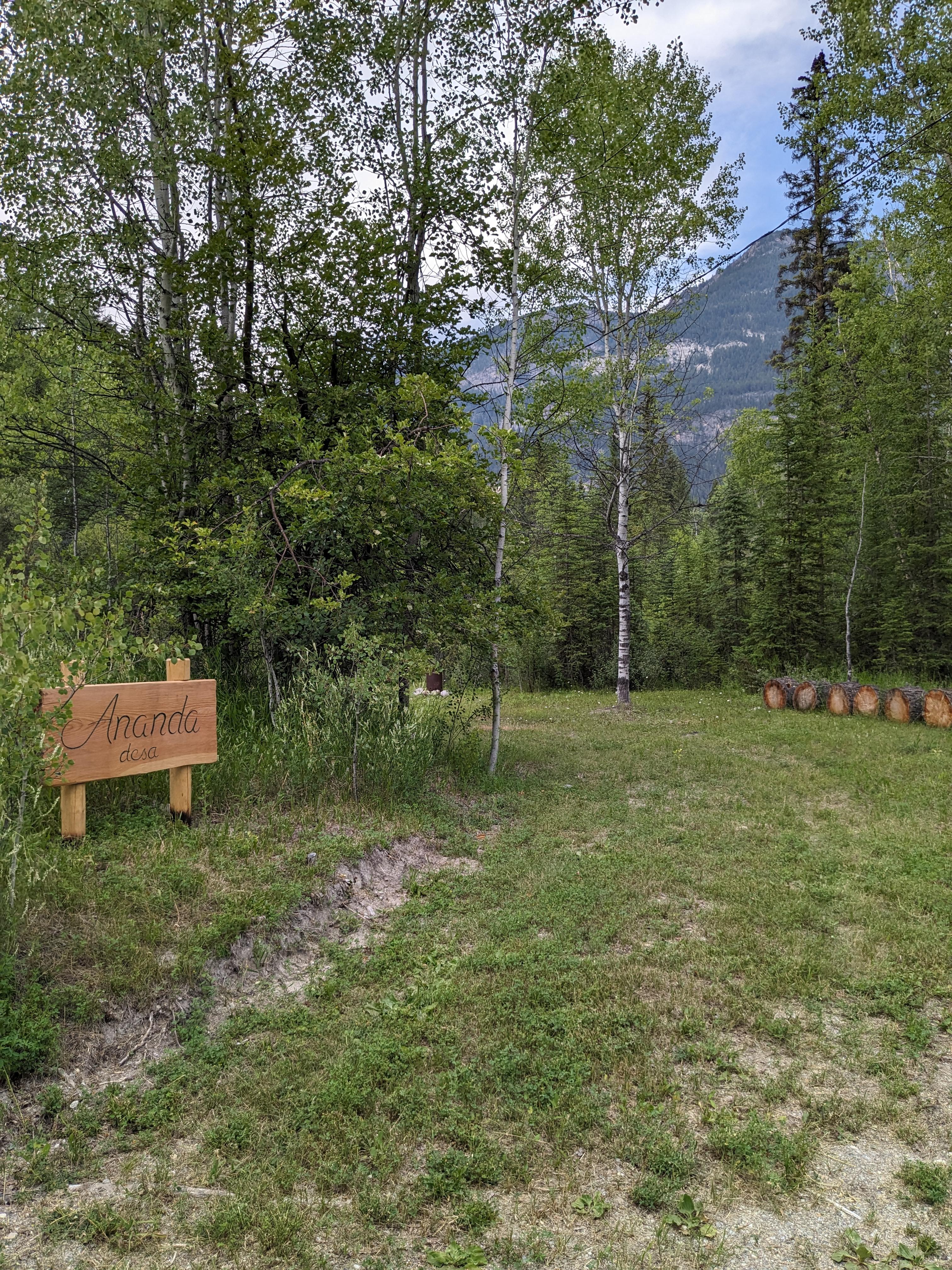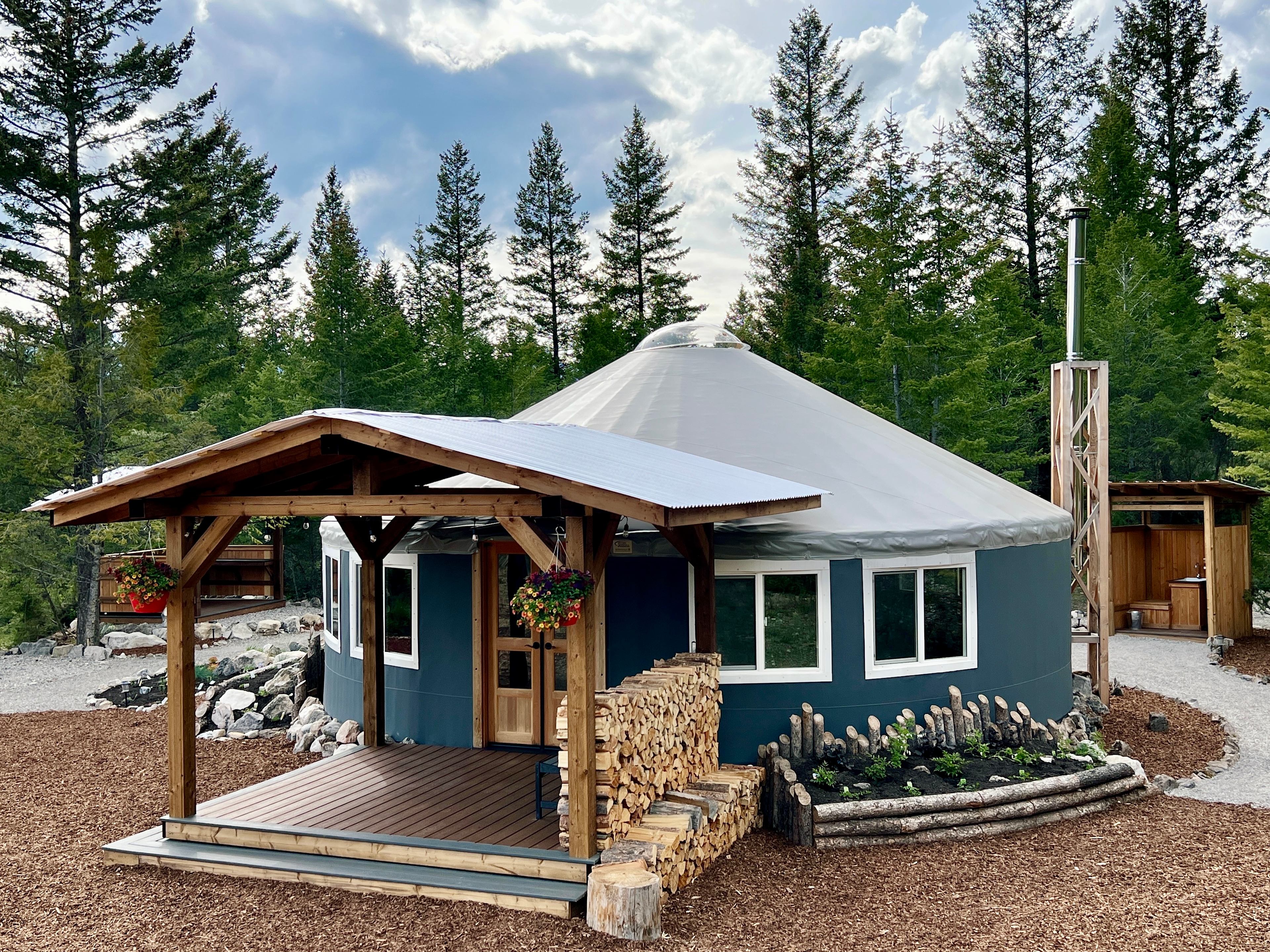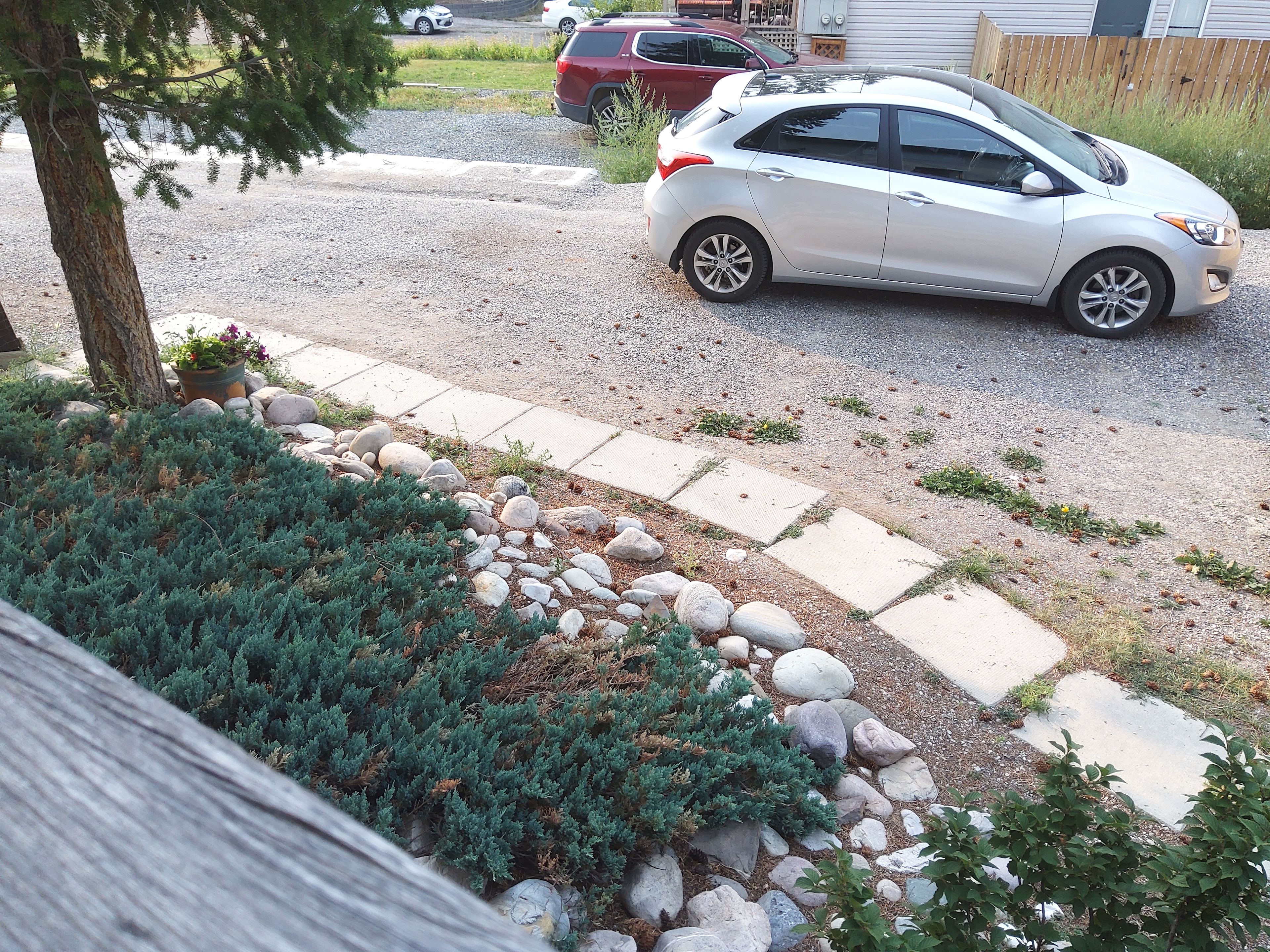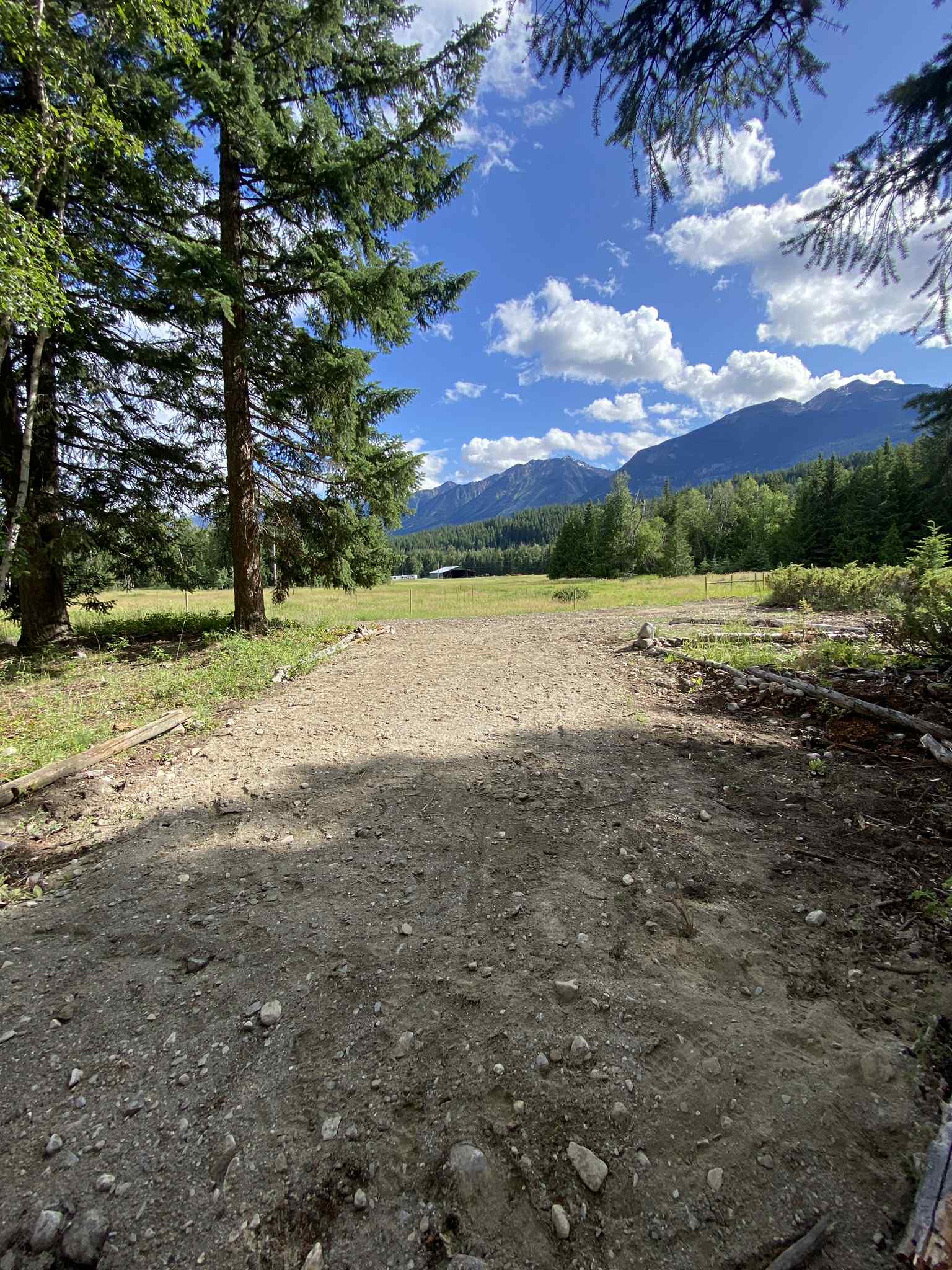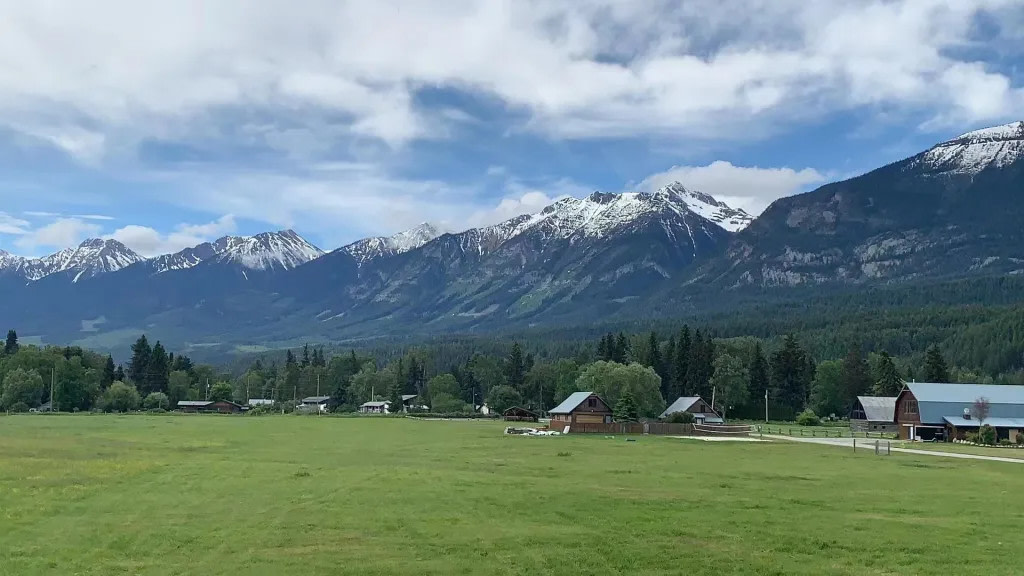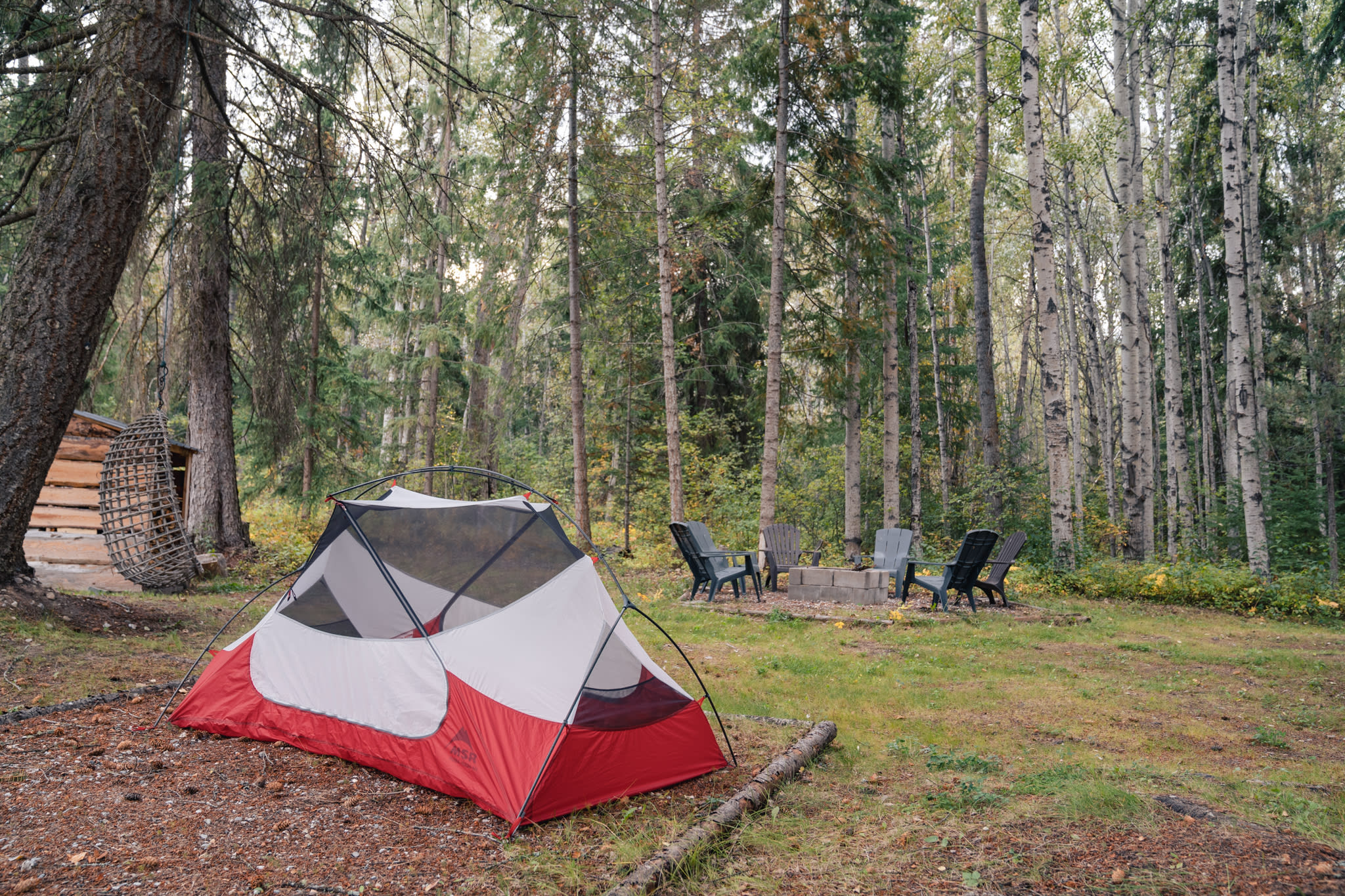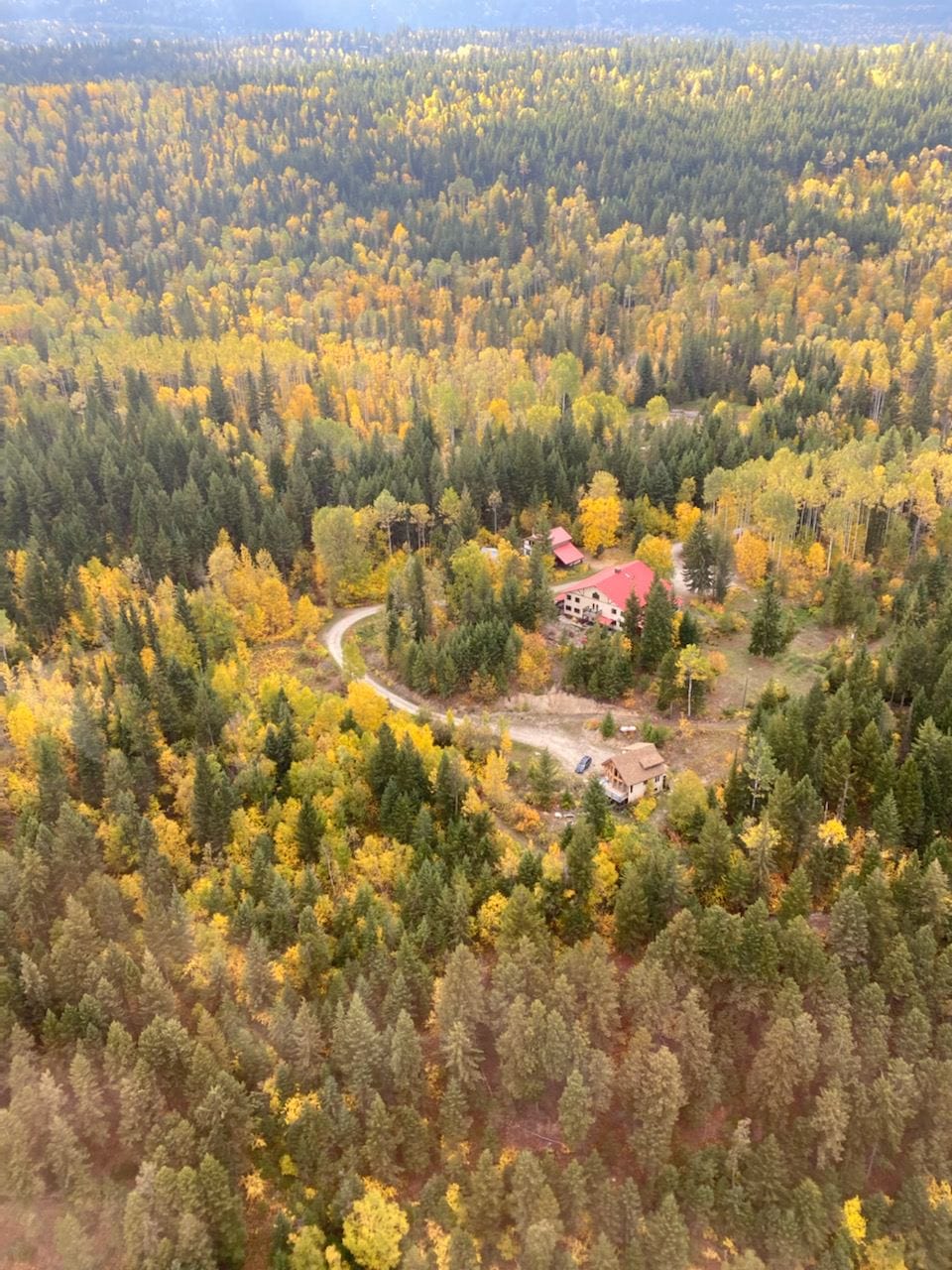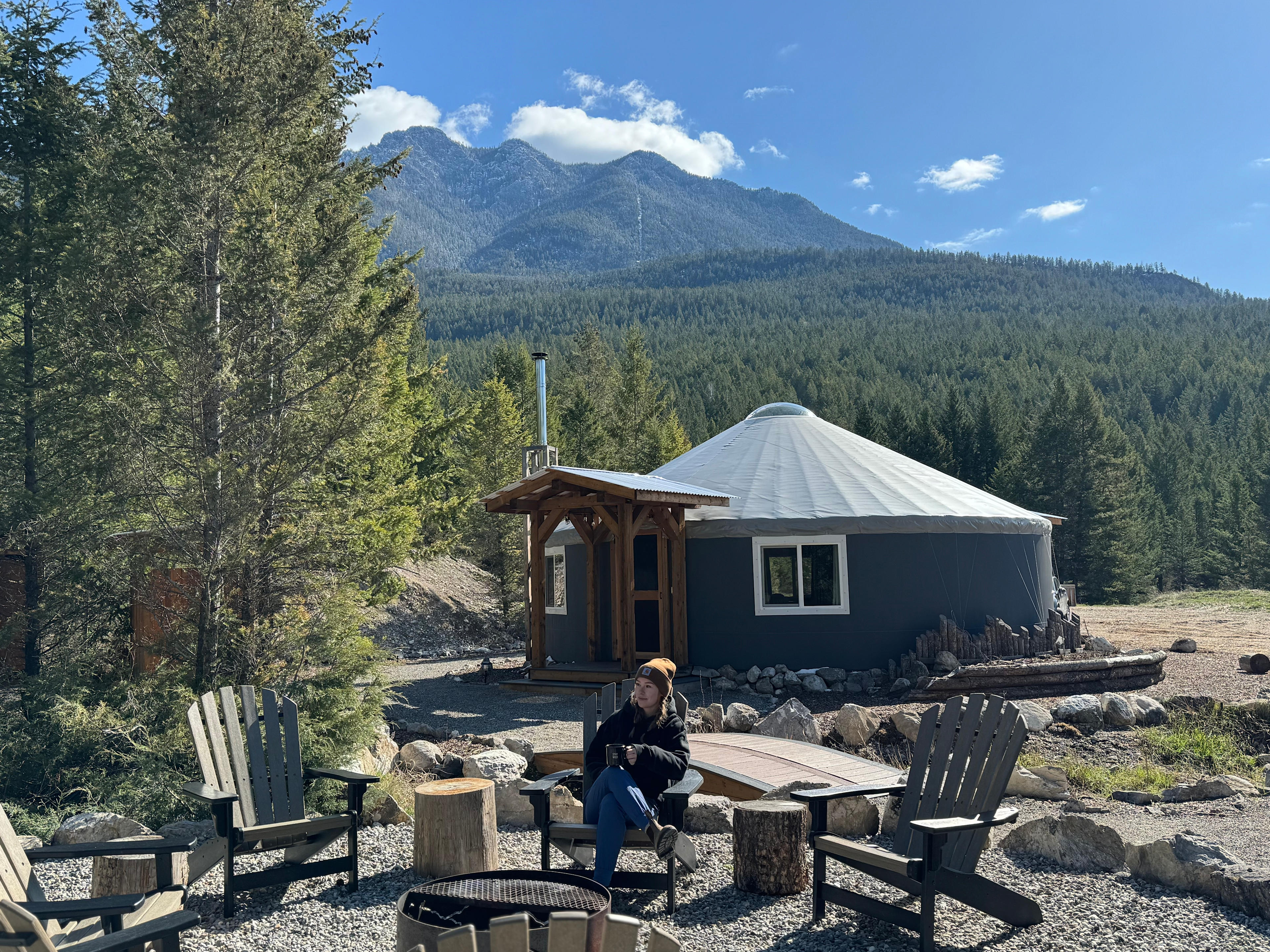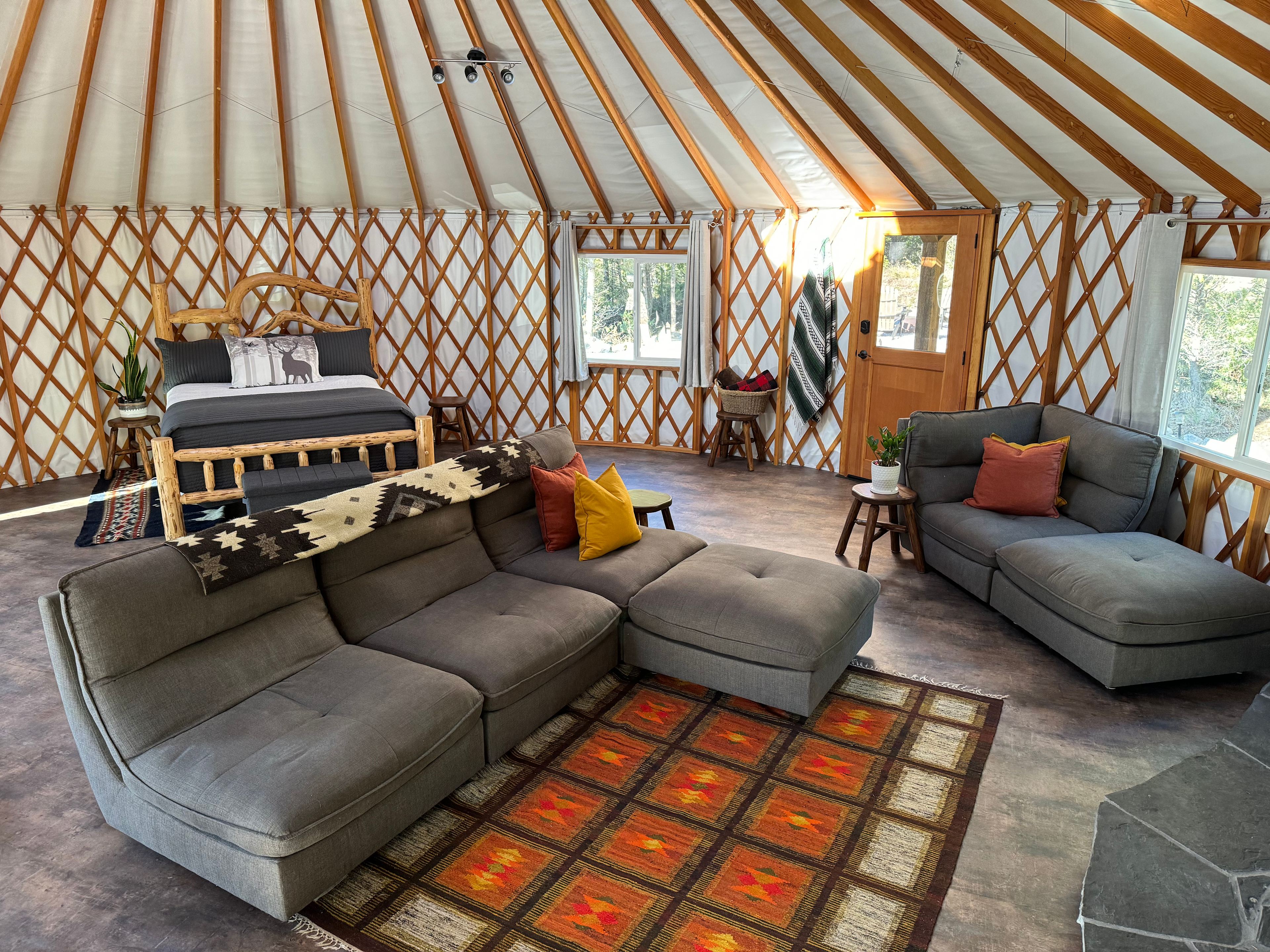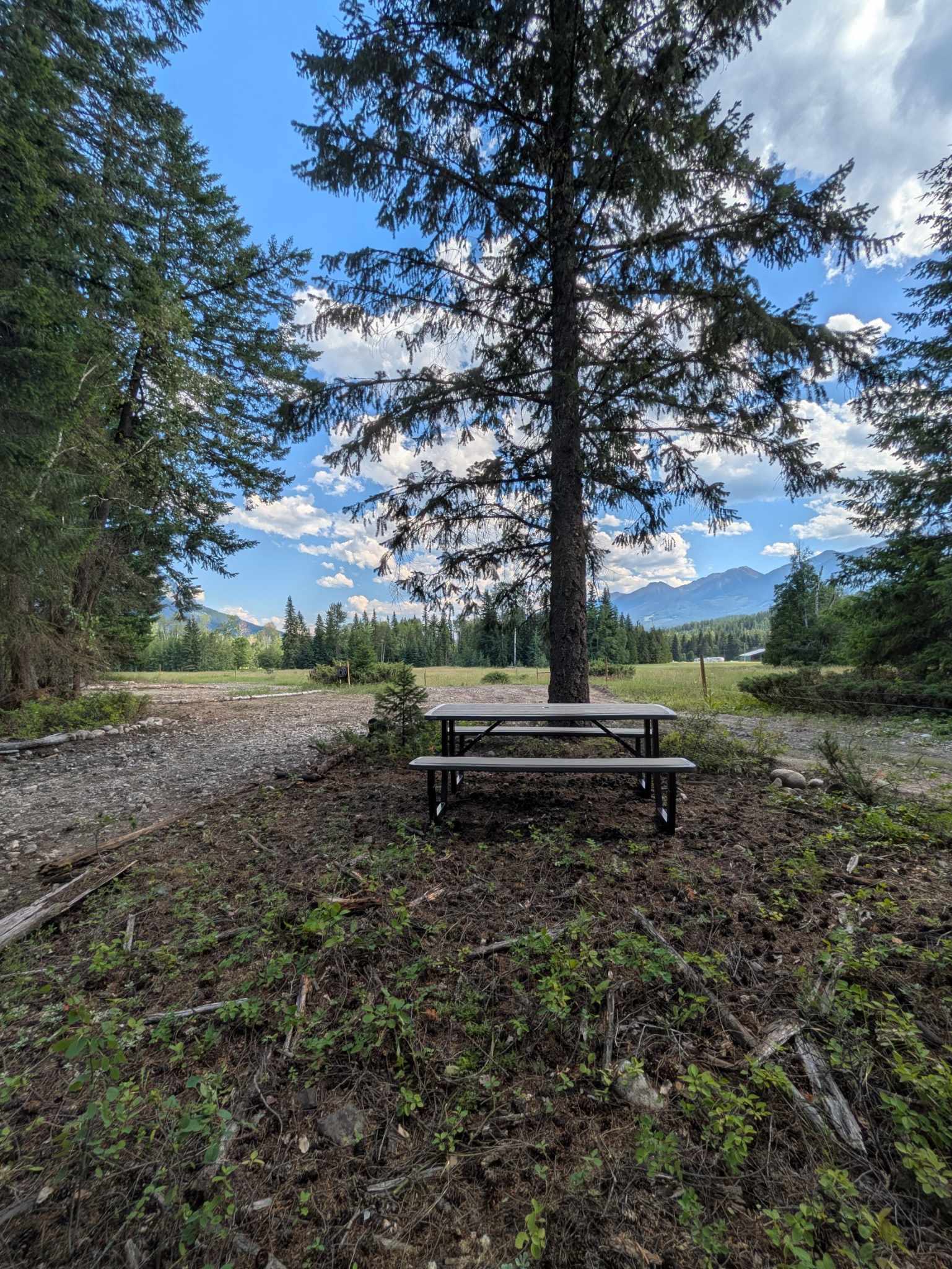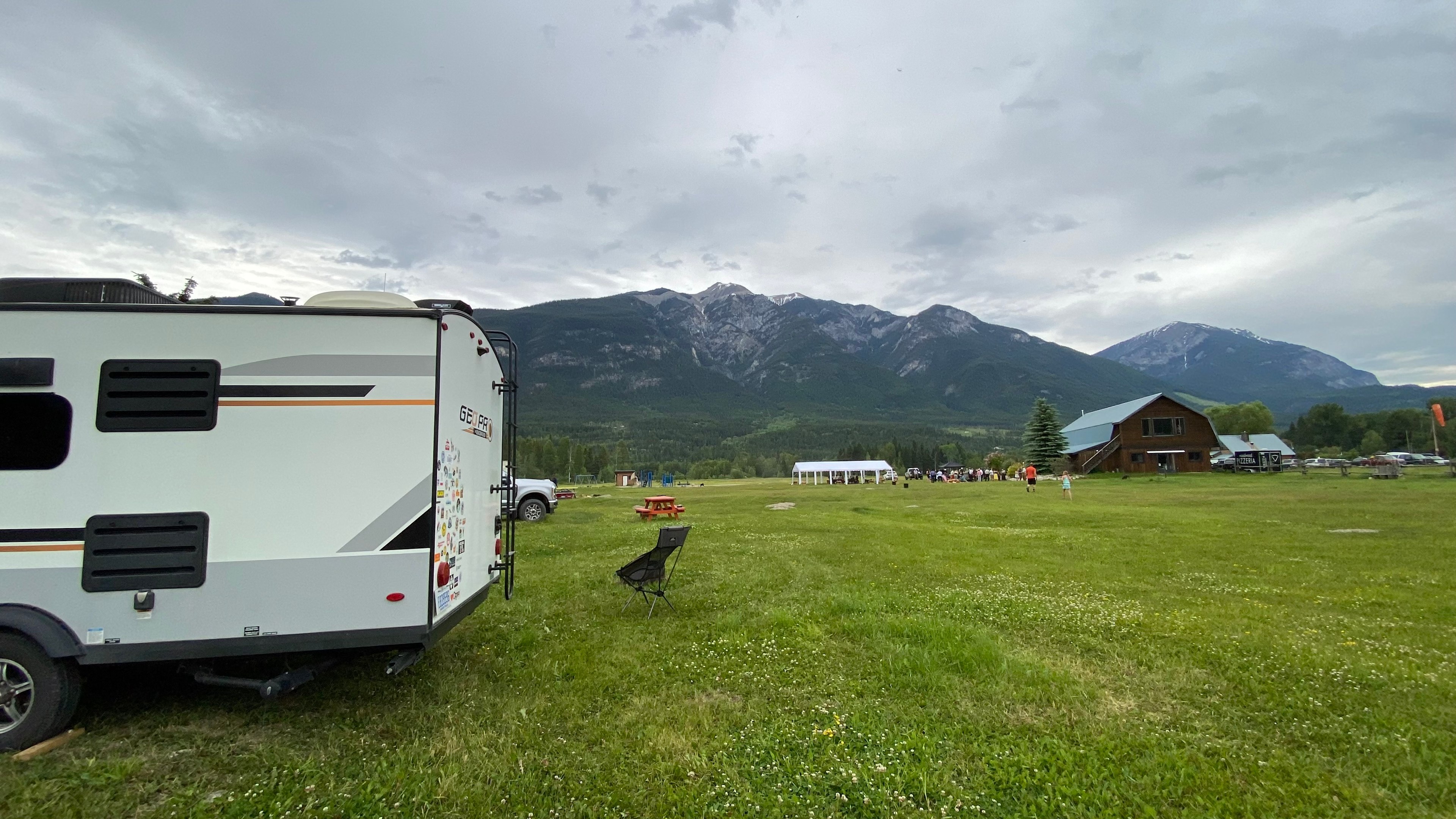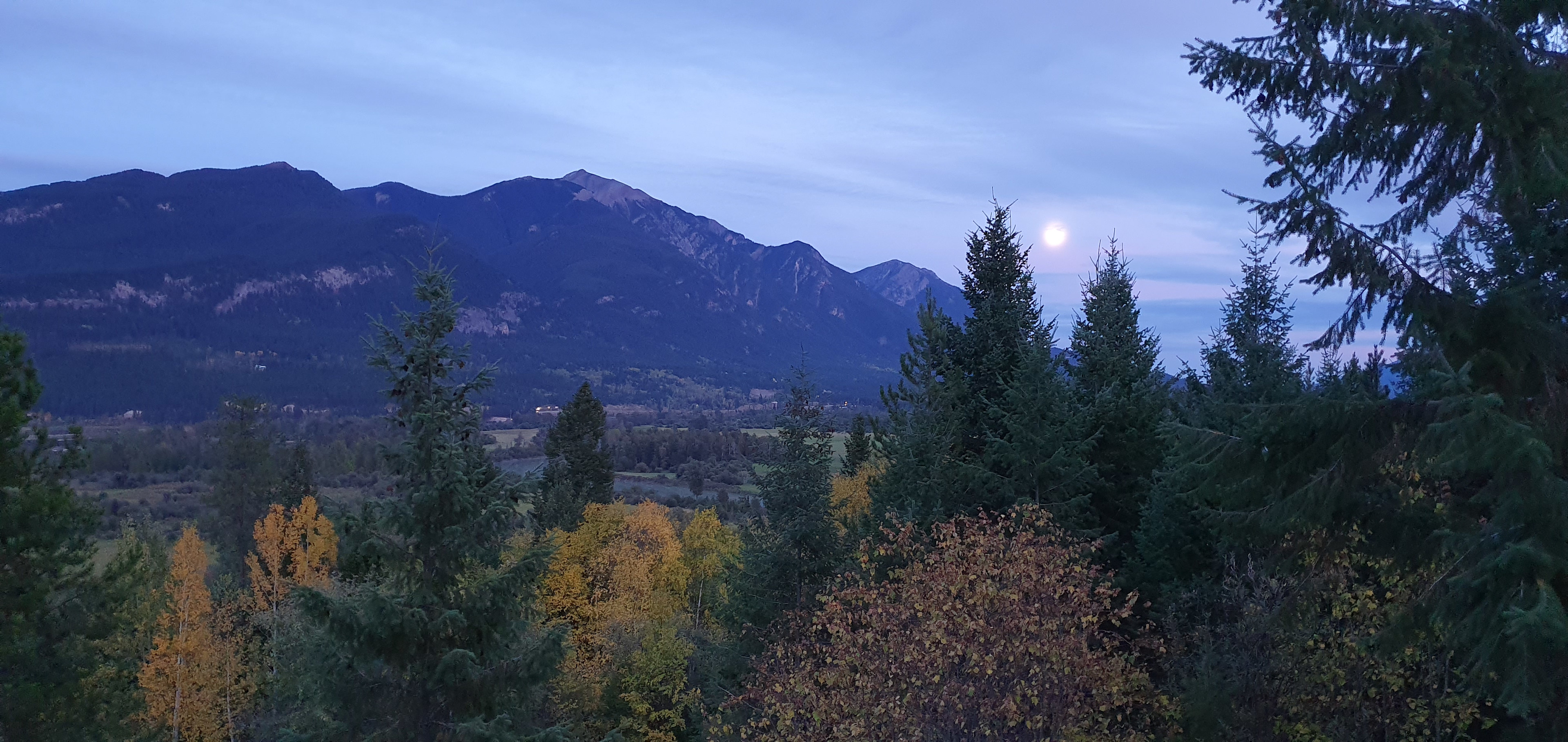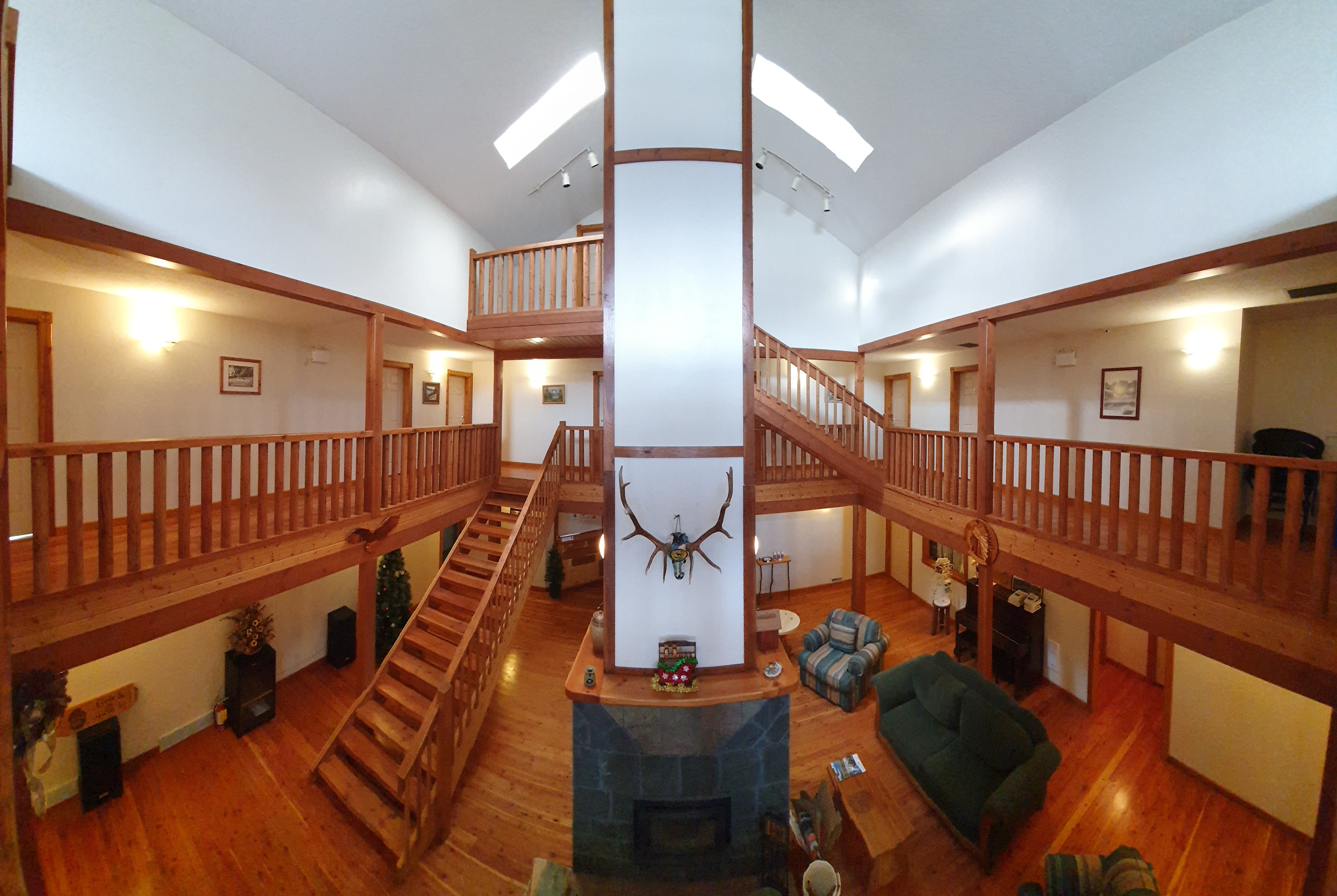- Kootenay National Park
The best camping in Kootenay National Park, BC
The best camping in Kootenay National Park, BC
Discover the most magical spots to pitch your tent or park your rig on your next Kootenay National Park adventure.
Camper favorites near Kootenay National Park
Top-rated campgrounds reviewed by the Hipcamp community.
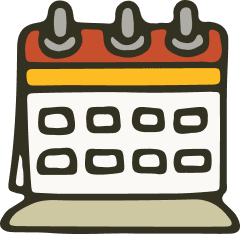
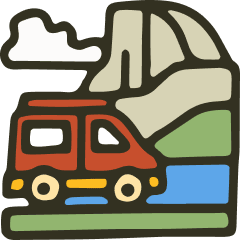

Stories from the community
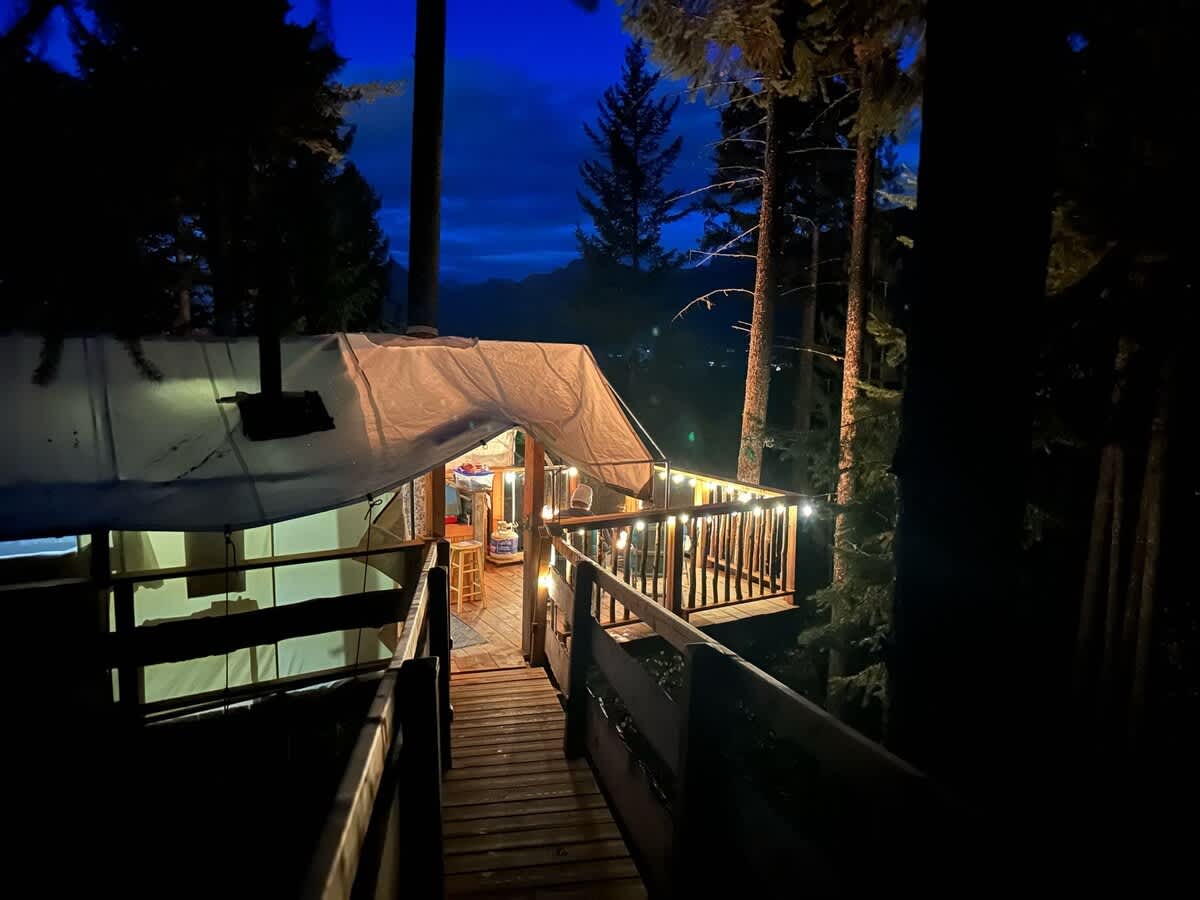


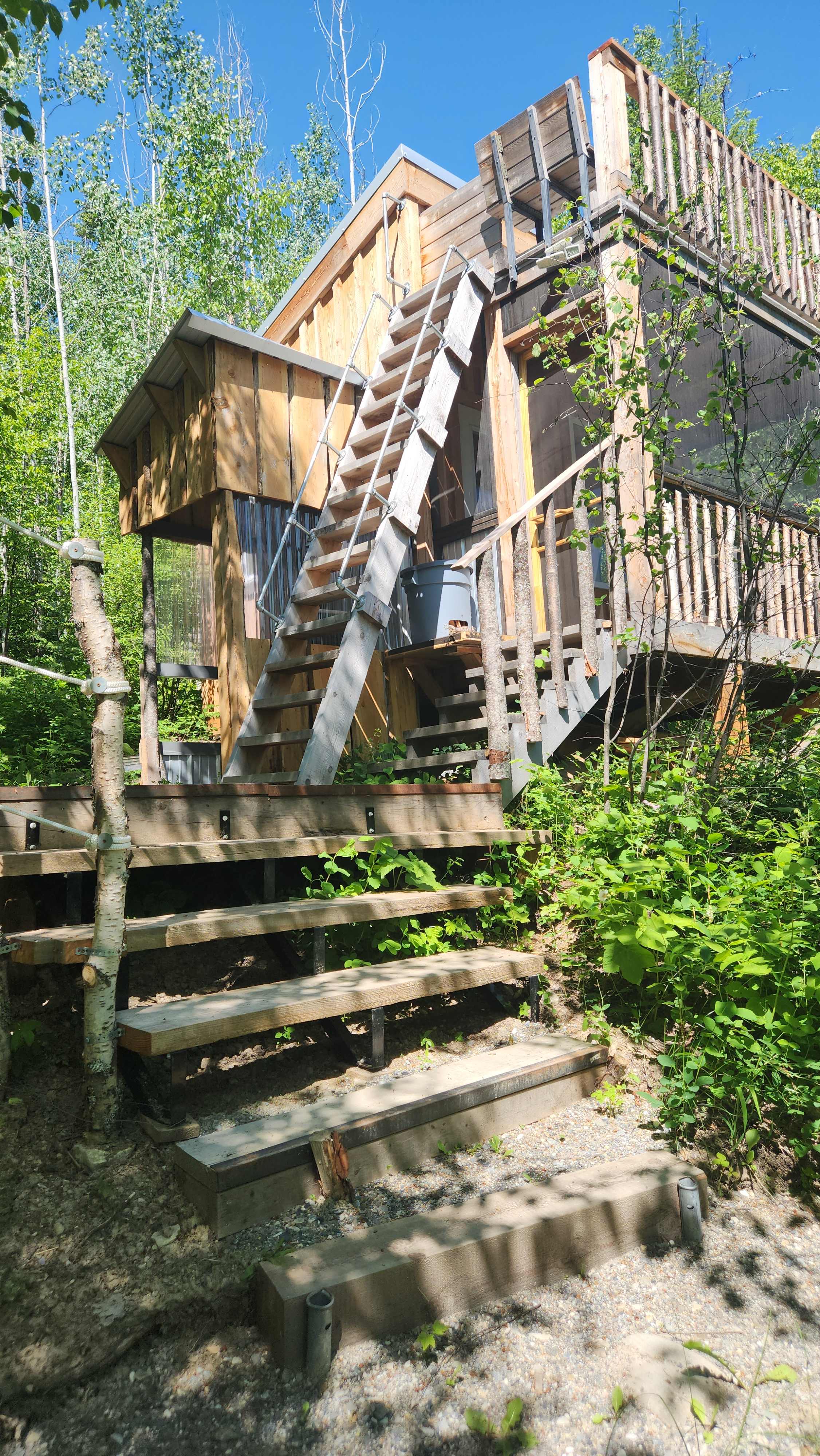




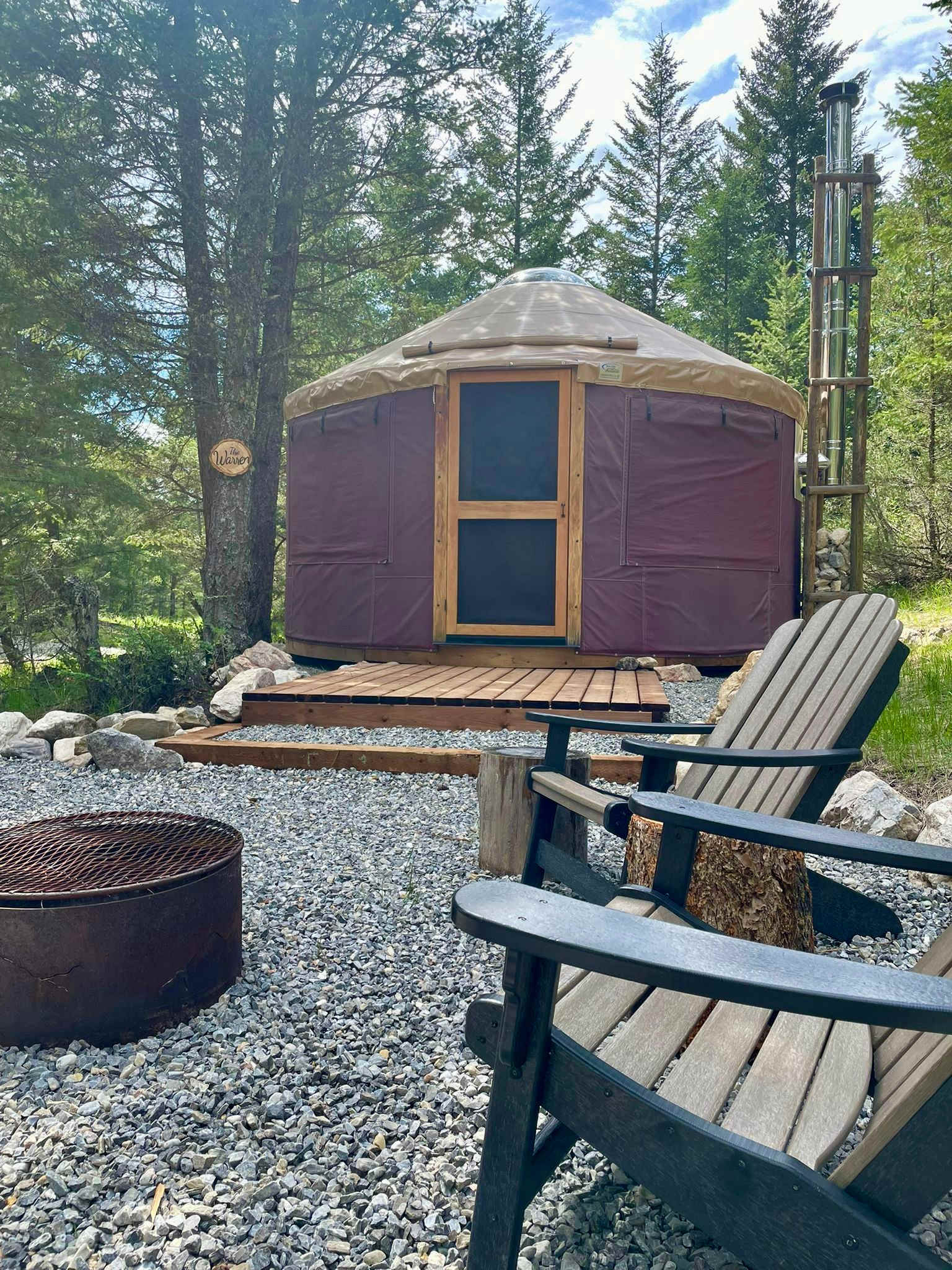

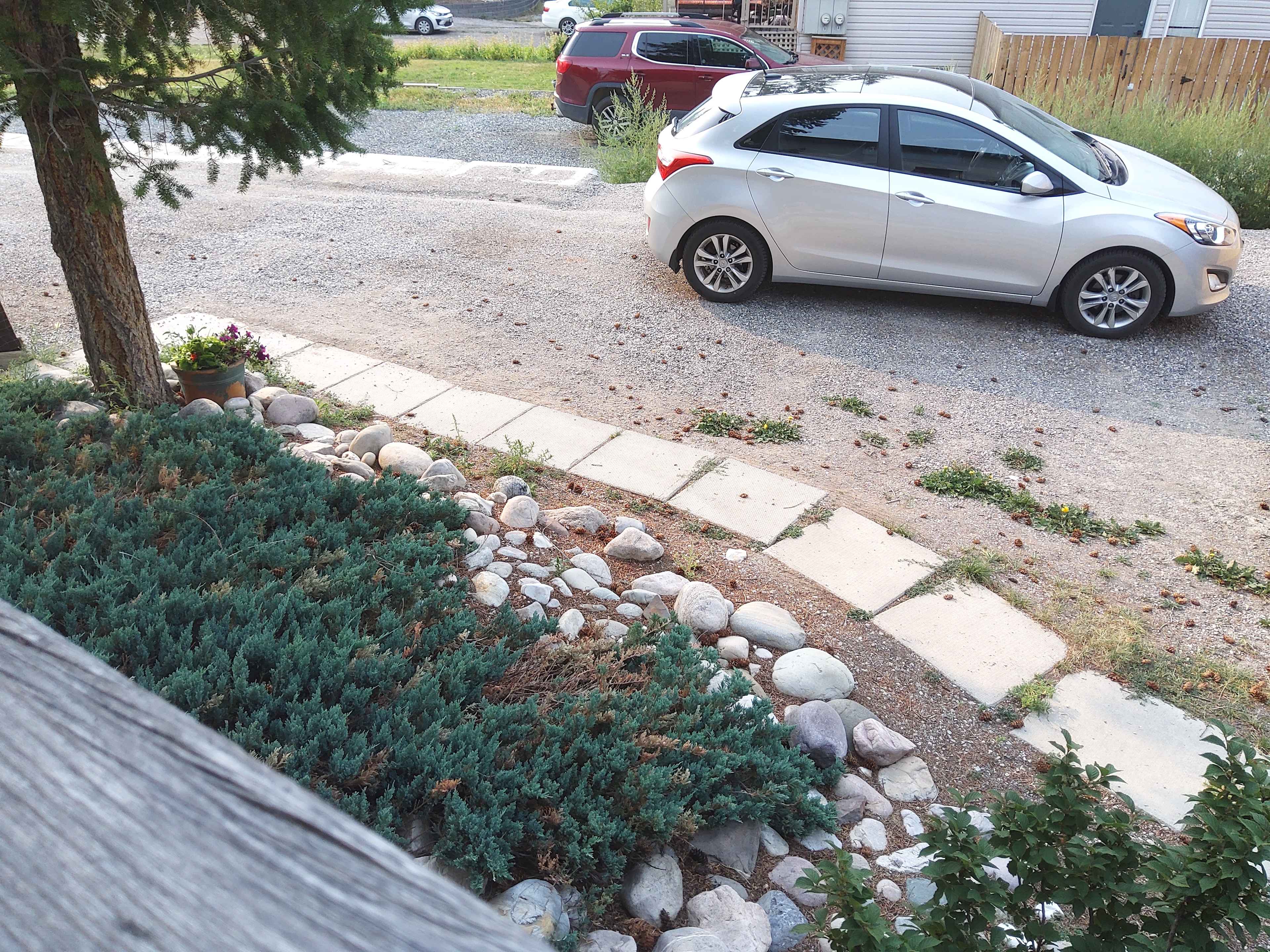



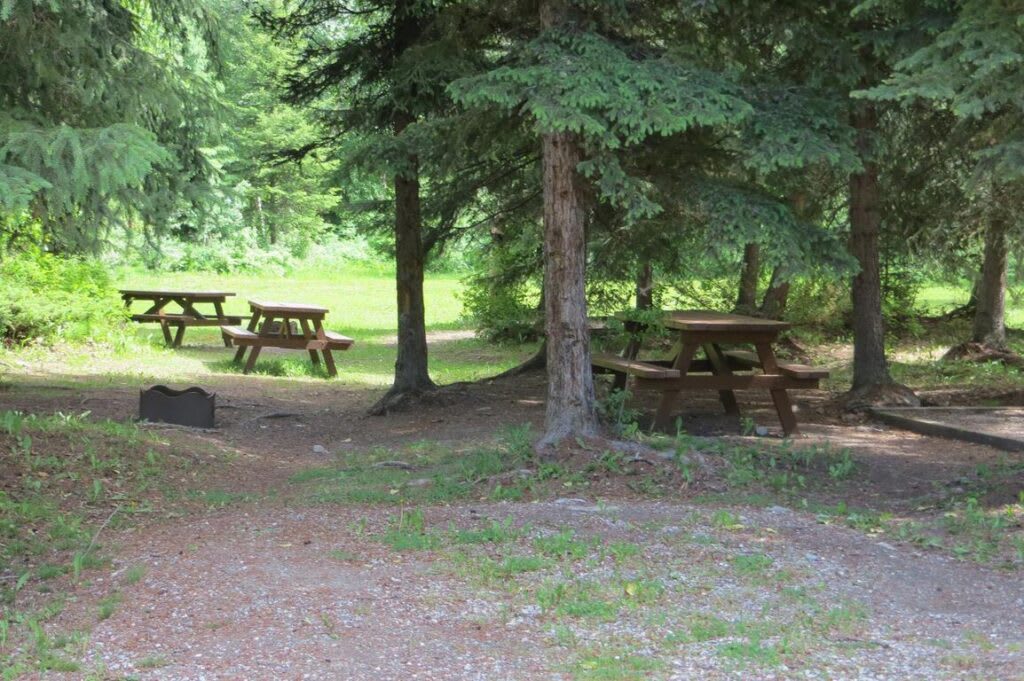

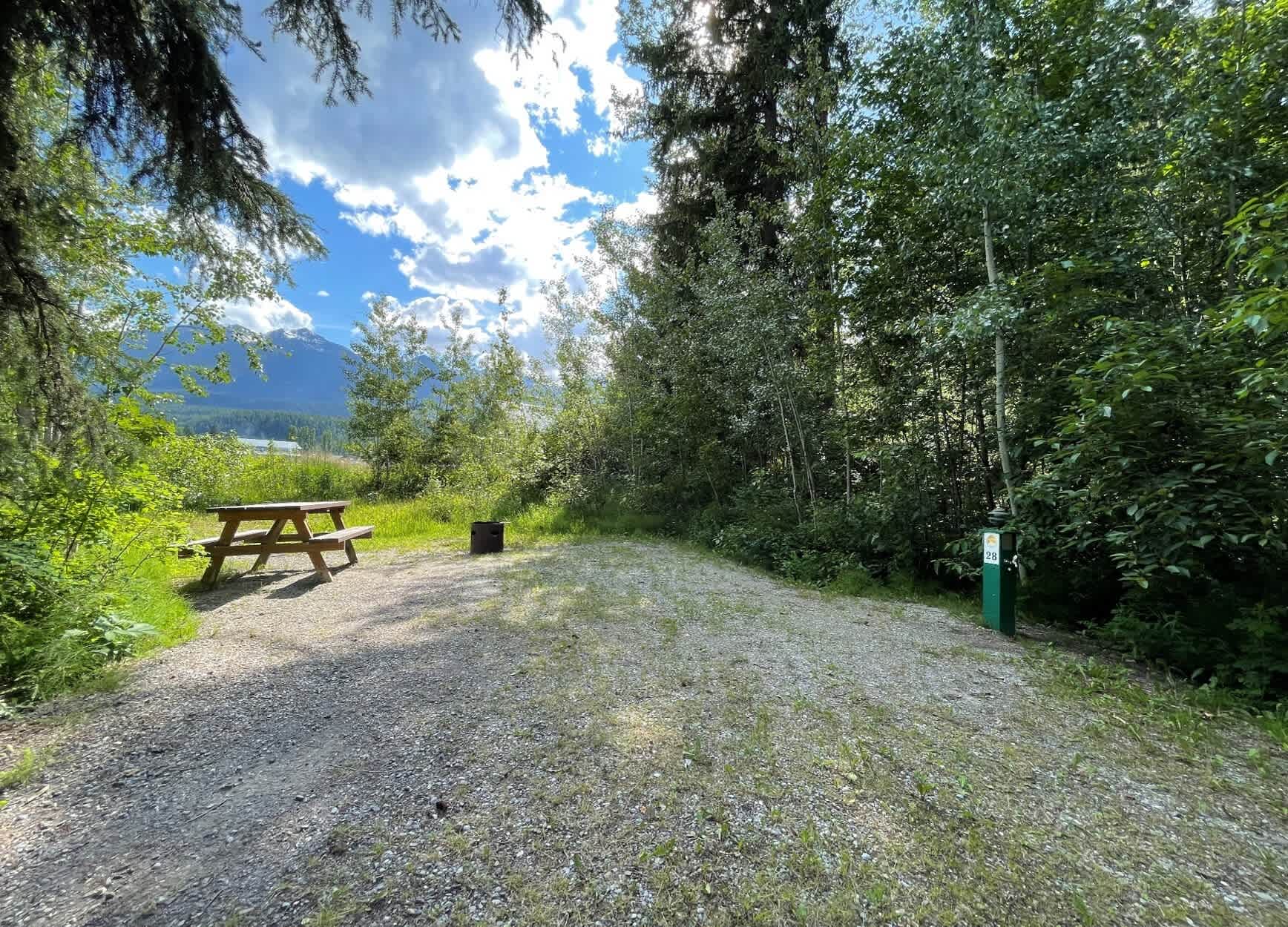



The best camping in Kootenay National Park, BC guide
Overview
About
Kootenay National Park offers the same mountain scenery as its neighbour—the more famous Banff National Park—but with just a fraction of visitors and traffic. With four campgrounds easily accessible from Highway 93 and a multitude of backcountry campsites open to hikers, there’s plenty of room to breathe. Scope out bighorn sheep perched on the sheer rock faces of Sinclair Canyon at the side of the road or watch grizzly bears from a safe distance in the high alpine. Kids love getting muddy in the ochre-coloured paint pots, used by the Ktunaxa First Nations for ornamental and decorative purposes. The Rockwall Trail is a popular multi-day backpacking trip with many access points for day hikes, while Radium Hot Springs is the perfect place to soak sore muscles. Historically, the Ktunaxa First Nations inhabited this area for at least 10,000 years.
Notable campgrounds
- Best for families and RVs: Redstreak, McLeod Meadows, and Marble Canyon are front-country campgrounds with many trailheads for day hikes.
- Best for mountain scenery: The backcountry Floe Lake Campground requires a 10.7-kilometre hike—it’s part of the aptly named Rockwall Trail.
- Best for novices: The oTENTik tent cabins in Redstreak Campground have you covered (and include mattresses, too).
- Best for accessibility: The Redstreak and McLeod campgrounds are wheelchair accessible.
- Best for winter camping: Dolly Varden is the only campground open for winter camping.
Tips for snagging a campsite
- Kootenay National Park campsites reservations can be made online or by phone with Parks Canada. Reservations open in early January each year and you’ll want to go for yours early, especially if you want to camp at Redstreak Campground between May and October.
- Campsites not reserved in advance at Marble Canyon and McLeod Meadows are available on a first-come, first-served basis.
- McLeod Meadows campsites are reservable from June 10 to September 17 and again after October 15. Still, it’s best to book in advance to secure a spot.
- The primary camping season runs from late March to mid-October, with reservable dates varying by the campground and campsite.
When to go
Kootenay National Park is open year-round but busiest in July and August. Most campgrounds are open from early May to the end of September. High alpine trails are often snow-covered until mid-July, but lower elevation trails are suitable for Nordic skiing and snowshoeing in winter. Spring is good for late-season ski touring, watching migrating birds, and low-elevation hikes. Subalpine wildflower meadows are a riot of colour in mid-summer. Come autumn, the needles of Lyall’s larch turn bright gold and kokanee salmon spawn in the Kootenay and Vermillion rivers. Canadian holiday weekends are always busy.
Know before you go
- All overnight visitors must purchase and display an annual park pass.
- There are no gas stations, food services, or hotel lodging within Kootenay.
- Watch for wildlife along all sections of Highway 93/95, especially at night.
- Permits are required for backcountry camping.
- There are no shower facilities in the campgrounds.
- All food and toiletries must be used in designated areas and stored in wildlife-proof lockers.
- Pets are allowed as long as they are leashed.
- The park is generally accessible to wheelchair users, with paved, mostly level roads.
Nearby attractions
Unwind to the soothing sound of cascading waters while camping near Bow Falls. The Bow Falls camping experience combines the invigorating rush of the falls with serene woodland trails, creating a picture-perfect outdoor retreat.
